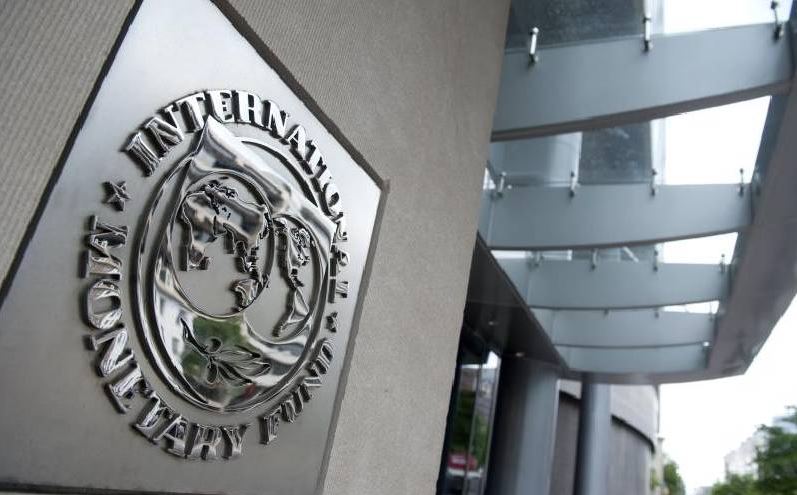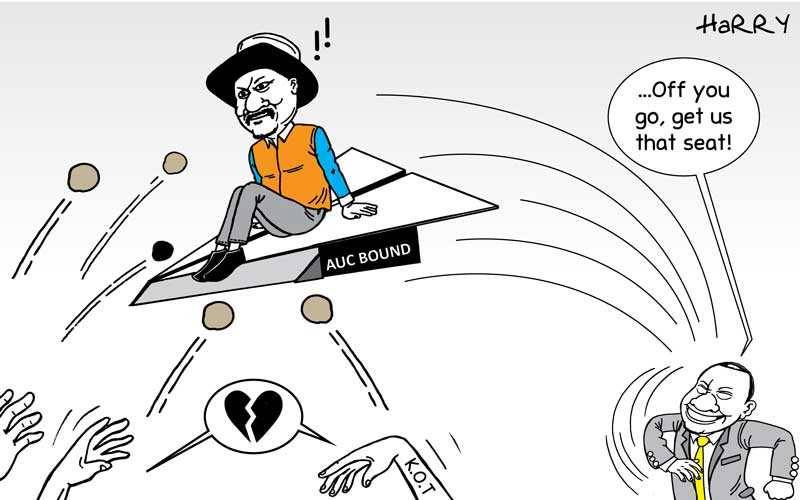 Following the 1992 General Election, the World Bank and the International Monetary Fund (IMF) turned up pressure on the Kenyan government to introduce structural economic reforms.
Following the 1992 General Election, the World Bank and the International Monetary Fund (IMF) turned up pressure on the Kenyan government to introduce structural economic reforms.
This was the post-Cold War era and after the break-up of the Soviet Union, the West stepped up its foreign policy and influence in a bid to maintain strong ally-ship that had saved the world in the Second World War.
The Bretton Woods institutions were dispatched to developing countries in a debt diplomacy drive and by 1992, 27 countries, including Kenya, had signed agreements with the IMF and World Bank on economic policies.
Following the elections that were contested by the opposition, the West led by the IMF and World Bank, froze loans and grants to the Kenyan government in a bid to press the country to introduce economic reforms and attract investors.
Without the loans, government funding slowed to a trickle, GDP growth froze and by 1993 inflation had hit 50 per cent.
It is around this time that newly appointed Finance Minister Musalia Mudavadi led a government delegation on a round of shuttle diplomacy to Europe.
The trip took the government team to a donor convention in France and later on to Britain, where Kenya engaged donors in an ardent attempt to convince them that the country was undertaking the proposed economic and political reforms.
Mudavadi and his colleagues told donors that “there will be no backtracking on reforms this time and that Kenya will turn to dialogue in all areas of difficulty”.
The government followed through its words with a raft of economic reforms, which entailed privatising State assets, eliminating price controls, removing foreign exchange controls and retrenching civil servants to reduce the wage bill.
Micah Cheserem was head-hunted from Malawi where he was working for Unilever to head the Central Bank of Kenya (CBK), where he worked with the IMF on a debt restructuring programme.
Soon after, however, inflation hit a record 100 per cent and job creation shrunk to 1.9 per cent, more Kenyans than ever before fell below the poverty line, the inequality gap widened, as crime rates and ethnic animosity soared.
Kenya termed the Bretton Woods policies as dictatorial and suicidal and in 1993, then president Moi announced he was pulling Kenya out of the IMF and World Bank Structural Adjustment Programme.
The news that Kenya was going to chart its own path out of the Sh616 billion debt, at the time nearly 90 per cent of the country’s GDP, sent shock waves across the donor community.
In the months that followed, the relationship between the West and Kenya remained strained as each side held ground. In the background, however, Moi’s government had adopted an ad hoc approach to implementing piecemeal economic policies within the confines of the recovering economy.
Gradual improvement in economic performance and interventions by lobby groups such as the East Africa Association that represented significant British business interests in Kenya brought the two sides back to common ground.
Stay informed. Subscribe to our newsletter
In the subsequent years, reforms led to a new supervisory framework at the CBK and several distressed banks were liquidated or merged.
The two large State banks – National Bank of Kenya and KCB Group (then Kenya Commercial Bank) – that held massive non-performing loans were restructured and later floated at the Nairobi Securities Exchange in Initial Public Offerings.
Other reforms included the breakup of the State monopoly in Kenya Post and Telecommunications Corporation that was split into the Communication Authority, Telkom Kenya and Postal Corporation of Kenya.
 The Standard Group Plc is a
multi-media organization with investments in media platforms spanning newspaper
print operations, television, radio broadcasting, digital and online services. The
Standard Group is recognized as a leading multi-media house in Kenya with a key
influence in matters of national and international interest.
The Standard Group Plc is a
multi-media organization with investments in media platforms spanning newspaper
print operations, television, radio broadcasting, digital and online services. The
Standard Group is recognized as a leading multi-media house in Kenya with a key
influence in matters of national and international interest.
 The Standard Group Plc is a
multi-media organization with investments in media platforms spanning newspaper
print operations, television, radio broadcasting, digital and online services. The
Standard Group is recognized as a leading multi-media house in Kenya with a key
influence in matters of national and international interest.
The Standard Group Plc is a
multi-media organization with investments in media platforms spanning newspaper
print operations, television, radio broadcasting, digital and online services. The
Standard Group is recognized as a leading multi-media house in Kenya with a key
influence in matters of national and international interest.

 Following the 1992 General Election, the World Bank and the International Monetary Fund (IMF) turned up pressure on the Kenyan government to introduce structural economic reforms.
Following the 1992 General Election, the World Bank and the International Monetary Fund (IMF) turned up pressure on the Kenyan government to introduce structural economic reforms.








